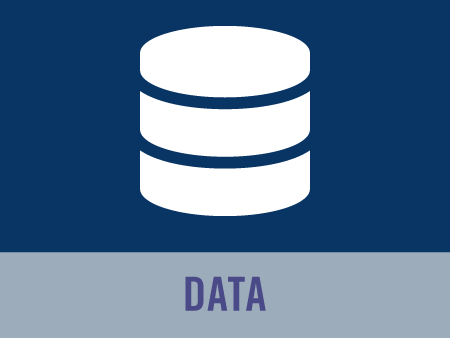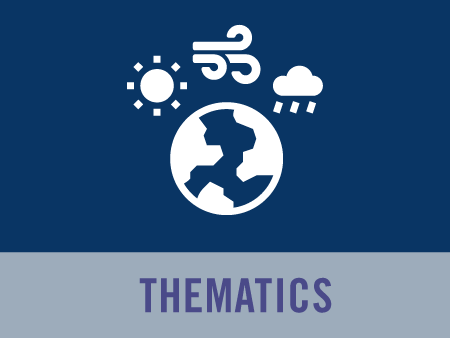The Potential of Delay Doppler Altimetry
With new advances in technology such as delay Doppler altimetry, altimetric measurements and their applications can move closer to the coast
For more than two decades, many parameters, such as the range between the satellite and the observed surface, the wave height and the wind speed, have been retrieved from the data provided by conventional altimeters like those on ERS-1/2, Topex/Poseidon, Jason-1/2, etc.
These data are used to monitor and understand global ocean circulation. Understanding water currents at the ocean surface is very important for multiple applications, such as marine search and rescue, emergency response, ship routing... However, altimetric estimates of currents have principally been used far from land; now with new advances in technology, altimetric measurements and their applications can move closer to the coast.
In conventional altimetry, when the satellite is approaching the coast, the ocean echoes get highly contaminated by land reflections (see Picture 1). This is due to the large footprint these kind of altimeters have. Instead, when delay-Doppler altimetry (DDA) is used, the footprint is considerably diminished along-track. In Picture 2, the conventional altimetry range rings are shown together with the division of along-track Doppler cells, which make the footprint for each waveform significantly smaller. Consequently, land contamination is avoided or, at least, reduced (see Picture 3). CryoSat-2, for example, has a footprint with a diameter of around 20 km. When using DDA, the along-track resolution is narrowed down to 300m.
Apart from surface-induced issues, delay-Doppler altimetry improves data quality in other aspects as well. Firstly, since the received echoes are not averaged on-board, waveforms can be better aligned on-ground prior to averaging. This solves the issue of having a blurry leading edge of the waveform. Moreover, with the delay-Doppler technique, the resulting waveform is much less corrupted by speckle noise, improving the signal to noise ratio. This is because the waveforms are uncorrelated (since they were captured from different places in the satellite orbit; see Picture 4) and they are incoherently averaged. The outcome of these two features allows a better retracking of the echo waveforms and hence a better estimation of the altimetric parameters.










